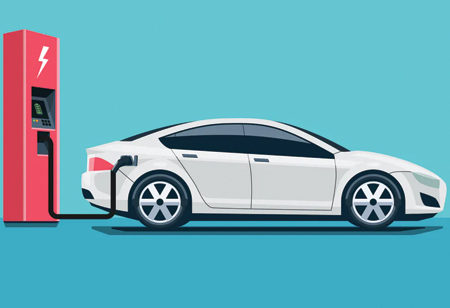Hybrid cars are gaining massive popularity; thus, manufacturers are striving to meet these cars' demands.
FREMONT, CA: Various car manufacturers who market to U.S. drivers have heeded the growing popularity of hybrid vehicles and designed models to meet the increasing demand. This kind of automobile has been around for many years now, but only widely available as a reasonable means of transportation for about a decade. Since the Prius launch in 2000, hybrid cars have boomed in popularity for cost-conscious commuters, environmentally-minded young drivers, and hip soccer moms. Although hybrid cars have become quite common now, many drivers are still in the dark about the vehicles' technology and how they are compared to the traditional gasoline-powered vehicles.
Here are the basics of the functions of a hybrid car.
1. Hybrid car is a mix of gasoline-powered vehicles with a fuel tank and internal combustion engine, and electric cars that operate by a set of batteries and electric motor.
2. Hybrid cars merge the positive characteristics of gasoline and electric cars. The gasoline component enables the car to be refueled quickly and drive a long distance before refueling. The electric component decreases emissions and the driver's fuel budget.
3. There are two kinds of hybrid car designs. A parallel hybrid vehicle has two different power systems that can function together or independently. A series of hybrid uses a gasoline engine to turn a generator. The generator might charge the electric batteries or power the electric motor. In both kinds of hybrid cars, either gasoline or electric power turns the vehicle's transmission, causing the car to move.
4. Several hybrid cars have smaller gasoline engines than the comparable all-gasoline cars. Because the electric motor can develop additional power when accelerating or driving up an incline, hybrid vehicles can produce similar handling as a more powerful vehicle with fewer cylinders and less bulk.
5. Many hybrid cars use something called regenerative energy to charge the battery as the vehicle decelerates. As the driver approaches the breaks, the electric generator kicks in and charges the batteries as it simultaneously works to slow the car.
6. Since hybrid car owners are traditionally concerned about fuel efficiency and reducing their carbon footprint, the exteriors of many hybrid cars are designed to optimize their gas mileage. Aerodynamic body designs, special tires, and super lightweight materials all contribute to the effectiveness of the hybrid car's concept.

 Copyright © 2025 AutoTech Outlook. All Rights Reserved | Privacy Policy | Subscribe | Sitemap | About us | Feedback Policy | Editorial Policy
Copyright © 2025 AutoTech Outlook. All Rights Reserved | Privacy Policy | Subscribe | Sitemap | About us | Feedback Policy | Editorial Policy